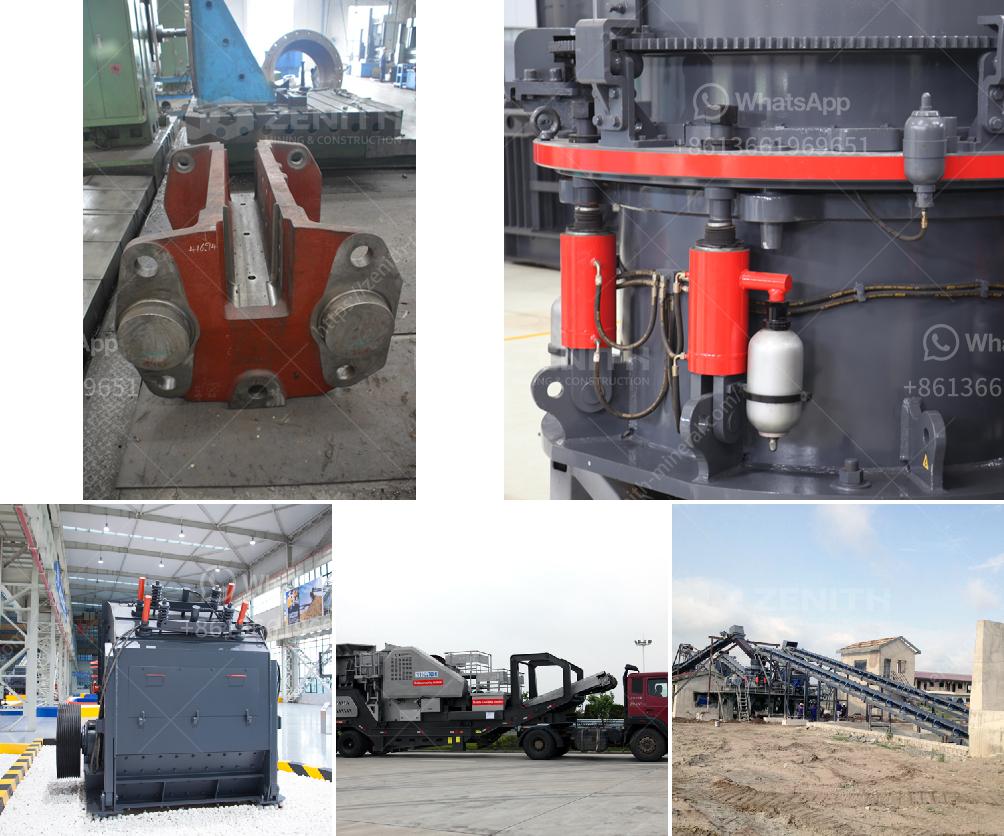The major steps in the process of open-pit and underground mining include several key stages:
For Open-Pit Mining:
- Exploration and Assessment: Identifying viable ore deposits and conducting feasibility studies.
- Planning and Design: Developing the mine layout, including pit shape and depth.
- Clearing and Stripping: Removing vegetation and topsoil to access the ore.
- Drilling and Blasting: Breaking up the ore for easy extraction.
- Loading and Hauling: Transporting broken ore to processing facilities.
- Processing: Crushing, grinding, and refining the ore to extract valuable minerals.
- Reclamation: Restoring the land after mining is completed.
For Underground Mining:
- Exploration and Assessment: Similar to open-pit mining, this involves identifying and assessing potential underground ore bodies.
- Mine Design and Planning: Outlining tunnels, shafts, and other underground infrastructures needed.
- Shaft Sinking and Access Development: Creating access routes to the ore body, including vertical shafts and horizontal tunnels.
- Drilling and Blasting: Breaking up the ore to facilitate removal.
- Ore Extraction: Removing broken ore and transporting it to the surface.
- Support and Maintenance: Ensuring tunnel stability and safety through reinforcement structures.
- Processing: As in open-pit mining, this involves crushing, grinding, and refining the ore.
- Reclamation: Although less extensive than in open-pit mining, this still involves measures to minimize environmental impact.
Each step involves careful planning and execution to maximize efficiency and safety while minimizing environmental impact.


